I think they do it in three-phase transmission by connecting the neutral phase to the ground on both sides
As a person in 230V-land, you surely know that power is distributed to homes as 3-phase "Wye" configuration and a house gets 1, 2 or all 3 phases, depending on need. However, that only applies from the neigbhorhood transformer to the home.
Of course you know, voltage is stepped up to a higher voltage for distribution to your neighborhood transformer.
You are presuming that the higher voltage distribution lines are also 3-phase "wye". They are not. They are 3-phase "delta" which has no neutral. There is no reason to distribute neutral at the higher voltages since all system loads are 3-phase. (as in, a whole neighborhood appears as a reasonably balanced 3-phase load).
It's true there is bonding between neutral and actual earth. However - the classic blunder is believing that makes them the same thing. It most definitely does not. That neutral-ground equipotential bond is to give the transformer output a reference to actual earth voltage, so that the 4 output wires (3 phases + neutral) aren't floating thousands of volts above actual earth.
By pegging neutral to earth, that means the 3 phases will not be more than 230V away from earth. This increases safety as compared to other options.
